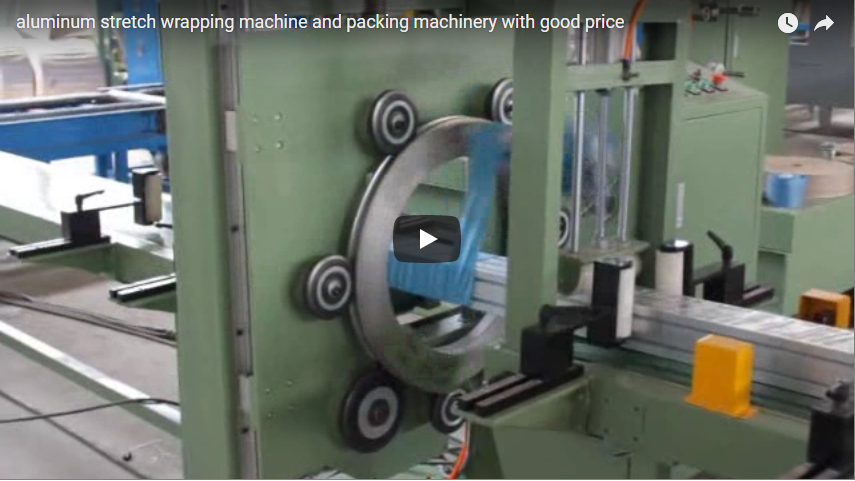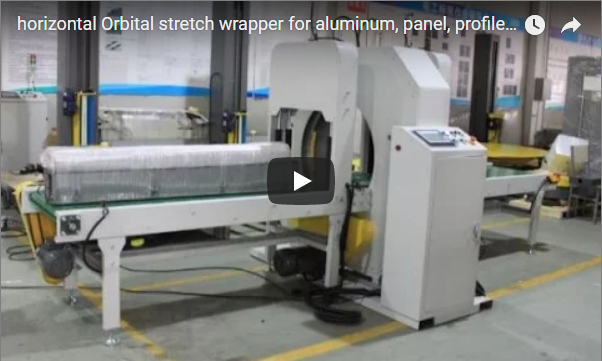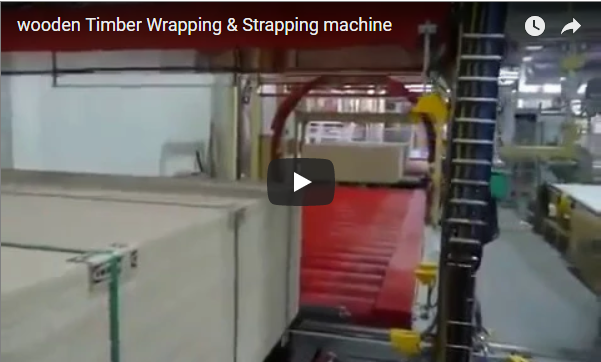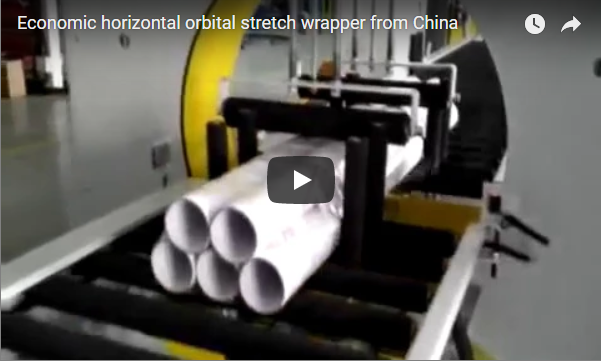Mastering Aluminum Profile Packaging: A Deep Dive into Semi-Automatic Stretch Orbital Wrappers
Aluminum profiles, extrusions, and other long-format metal products present unique packaging challenges. Their length, varied shapes, and susceptibility to surface scratches or bending during handling and transit demand robust and efficient wrapping solutions. Manually wrapping these items is often time-consuming, inconsistent, and labor-intensive. This is where the Semi-Automatic Stretch Orbital Wrapping Machine emerges as a critical asset for manufacturers and distributors.
This article delves into the specifics of these machines, particularly their application for aluminum profiles, exploring their operation, technical capabilities, and the tangible benefits they bring to fabrication and logistics workflows, aligning with the practical focus favored by readers of The Fabricator.
1. Understanding the Semi-Automatic Stretch Orbital Wrapper
Often referred to simply as an "Aluminum Wrapping Machine" when specialized for this application, this equipment falls under the broader category of Horizontal Stretch Wrappers. Unlike traditional pallet wrappers where the load rotates, here the product moves horizontally through a rotating ring carrying the stretch film roll. The "semi-automatic" designation typically means an operator initiates the cycle and may manually position the product, while the machine handles the wrapping process itself.
Key characteristics include:
- Orbital Wrapping Mechanism: A vertical rotating ring dispenses stretch film, wrapping it around the profile bundle as it conveys through the ring's center.
- Horizontal Conveying: Powered or non-powered rollers move the product through the wrapping zone.
- Semi-Automatic Control: Operator involvement for starting/stopping, often combined with automated film clamping, cutting, and sealing functions depending on the model's sophistication.
2. Core Technical Specifications and Features (Typical Ranges)
While exact specifications vary by manufacturer and model, typical features fabricators should consider include:
- Wrapping Ring Speed: Often adjustable, ranging from 30 to 100 RPM, dictating throughput.
- Conveyor System: Variable speed conveyors (e.g., 3-15 m/min) to match wrapping overlap requirements. Available in roller or belt configurations.
- Maximum Product Cross-Section: Defines the largest bundle size (e.g., 500mm x 500mm) that can pass through the ring.
- Minimum/Maximum Product Length: While theoretically unlimited with proper support, practical limits exist based on conveyor length and stability.
- Stretch Film Compatibility: Designed for specific film widths (e.g., 125mm, 250mm) and core diameters. Often includes adjustable pre-stretch capabilities (e.g., up to 300%) to optimize film usage and load containment.
- Control System: Typically PLC-based with an HMI (Human Machine Interface) for parameter adjustments (wrap counts, overlap, tension).
- Power Requirements: Usually 220V/380V 3-Phase AC.
- Safety Features: Emergency stops, safety guarding around the rotating ring, photoelectric sensors for product detection.
3. Operational Workflow: An Operator's Perspective
Using a semi-automatic orbital wrapper is generally straightforward:
- Preparation: Ensure the correct stretch film roll is loaded and threaded through the dispensing carriage on the ring. Adjust machine settings (overlap, tension, conveyor speed) via the HMI based on the specific aluminum profile bundle being wrapped.
- Loading: The operator places the aluminum profile bundle onto the infeed conveyor, ensuring it's centered and properly aligned to pass through the wrapping ring.
- Initiation: The operator typically presses a start button or foot pedal to begin the wrapping cycle.
- Wrapping Process: The conveyors engage, moving the bundle forward. Simultaneously, the ring begins to rotate, applying the stretch film orbitally around the profiles. Sensors detect the leading and trailing edges of the bundle to start and stop the wrapping process automatically.
- Film Management: Once the bundle passes through, the machine automatically clamps the film, cuts it, and often uses a heat sealer or wiper arm to secure the tail to the wrapped load.
- Unloading: The wrapped bundle continues onto the outfeed conveyor, ready for removal by the operator or integration into a further automated line.
See the machine in action:
4. Key Benefits for Aluminum Profile Handling
Investing in a semi-automatic orbital wrapper offers significant advantages over manual methods or less specialized equipment:
- Enhanced Product Protection: The tight, consistent wrap provides excellent protection against scratches, dust, moisture, and abrasion during storage and shipping. This significantly reduces costly product damage and customer claims.
- Improved Packaging Efficiency: Dramatically faster than manual wrapping, allowing for higher throughput and reducing packaging bottlenecks. A single operator can manage the process efficiently.
- Reduced Labor Costs: Frees up personnel previously tied up in manual wrapping for more value-added tasks. The machine ensures consistent quality regardless of operator skill.
- Optimized Material Consumption: Adjustable film tension and pre-stretch systems ensure efficient use of stretch film, minimizing waste and reducing packaging material costs compared to inconsistent manual application.
- Professional Package Appearance: Consistently wrapped bundles present a more professional image to customers.
- Versatility: Can handle a wide range of aluminum profile shapes, sizes, and bundle configurations with simple adjustments.
5. Considerations Before Acquisition
Before integrating a semi-automatic orbital wrapper, consider:
- Volume & Throughput Needs: Does your production volume justify the investment over manual methods? Match the machine's speed capabilities to your output requirements.
- Product Dimensions: Ensure the machine's ring opening and conveyor system can accommodate the full range of your aluminum profile sizes (width, height, and length).
- Level of Automation: Assess if semi-automatic control is sufficient or if integration with upstream/downstream automation warrants exploring fully automatic models.
- Space & Layout: Ensure adequate floor space for the machine and associated infeed/outfeed conveyors, considering workflow and operator access.
- Budget: Semi-automatic machines offer a balance between capability and cost compared to fully automated systems. Factor in installation, training, and potential maintenance costs.
6. Conclusion: A Smart Investment for Aluminum Fabricators
For businesses handling aluminum profiles and extrusions, the semi-automatic stretch orbital wrapper represents a significant upgrade in packaging technology. It directly addresses the challenges of protecting long, sensitive products while improving operational efficiency and reducing costs associated with labor and material waste. By providing consistent, secure, and professional-looking packaging, these machines help ensure product integrity from the factory floor to the final destination, safeguarding both the product and the supplier's reputation.
For more detailed specifications or to discuss how this machine can fit your specific aluminum wrapping needs:
info@fhopepack.com
Explore further options for aluminum packaging solutions:
https://www.fhopepack.com/Aluminum/






